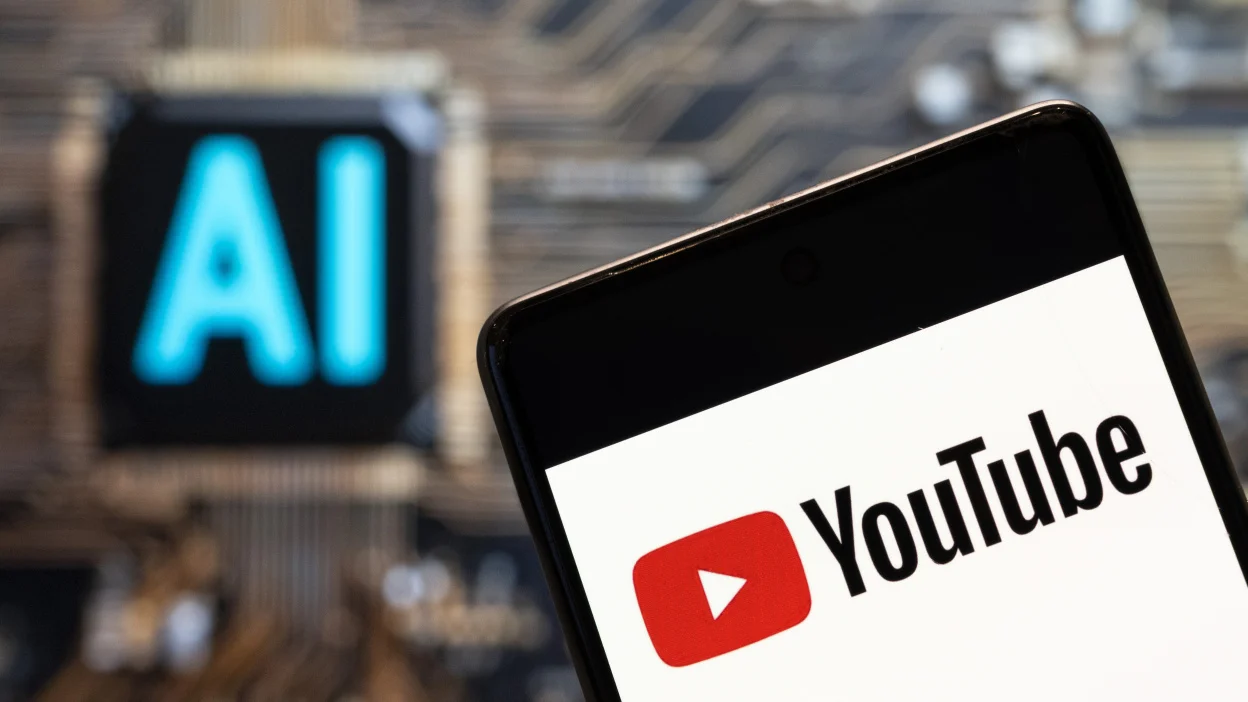YouTube has implemented a significant policy change, allowing users to request the removal of AI-generated content that simulates their face or voice. This move reflects the growing concern among tech companies about the implications of AI-generated content on their platforms.
Policy Change Details
Expansion of Privacy Requests
In June, YouTube quietly introduced an update to its privacy request process. This change permits individuals to request the takedown of AI-generated or synthetic content that mimics their face or voice. This expansion builds on YouTube’s previously announced commitment to responsible AI use, first introduced in November.
Grounds for Content Removal
Unlike previous policies focused on misleading content such as deepfakes, the new policy allows affected parties to request content removal on the basis of privacy violations. According to YouTube’s updated Help documentation, first-party claims are required, with exceptions for cases involving minors, deceased individuals, or those without computer access.
Evaluation Criteria
YouTube will evaluate each complaint based on various factors:
- Whether the content is disclosed as synthetic or AI-generated.
- Whether it uniquely identifies an individual.
- Whether the content could be considered parody, satire, or in the public interest.
- Whether the AI content features a public figure or well-known individual.
- If the content depicts sensitive behavior such as criminal activity, violence, or endorsements of products or political candidates.
Content Uploader Notification

Content uploaders will have 48 hours to address the complaint. If the content is removed within this period, the complaint is resolved. Otherwise, YouTube will proceed with a review. Removal involves not only taking down the video but also deleting the individual’s name and personal information from the video’s title, description, and tags. Users cannot simply make the video private, as it could be made public again later.
Implementation and Tools
Limited Advertisement of Policy Change
YouTube did not widely publicize this policy update. However, in March, the platform introduced a Creator Studio tool allowing creators to disclose when content was made using altered or synthetic media, including generative AI. Additionally, YouTube recently tested a feature enabling users to add crowdsourced notes to videos, providing context such as whether the video is a parody or potentially misleading.
AI Integration and Community Guidelines
YouTube is not opposed to the use of AI. The platform has experimented with generative AI tools, such as a comment summarizer and a conversational tool for video-related queries. Nonetheless, YouTube has emphasized that merely labeling content as AI-generated does not exempt it from removal; all content must adhere to YouTube’s Community Guidelines.
Privacy Complaints vs. Community Guidelines
Separate Guidelines
Privacy complaints over AI-generated material will not automatically result in penalties for the original content creators. A company representative clarified on the YouTube Community site that privacy violations are distinct from Community Guidelines strikes. Consequently, receiving a privacy complaint does not automatically lead to a strike.
Repeated Violations
While a privacy complaint will not immediately impose penalties like upload restrictions, YouTube may take action against accounts with repeated violations. This distinction highlights the company’s nuanced approach to balancing privacy concerns with the creators’ interests.
Conclusion
YouTube’s updated policy on AI-generated content is a proactive step towards addressing the challenges posed by synthetic media. By allowing users to request the removal of content that simulates their face or voice, YouTube aims to protect individual privacy while navigating the complexities of AI technology.



